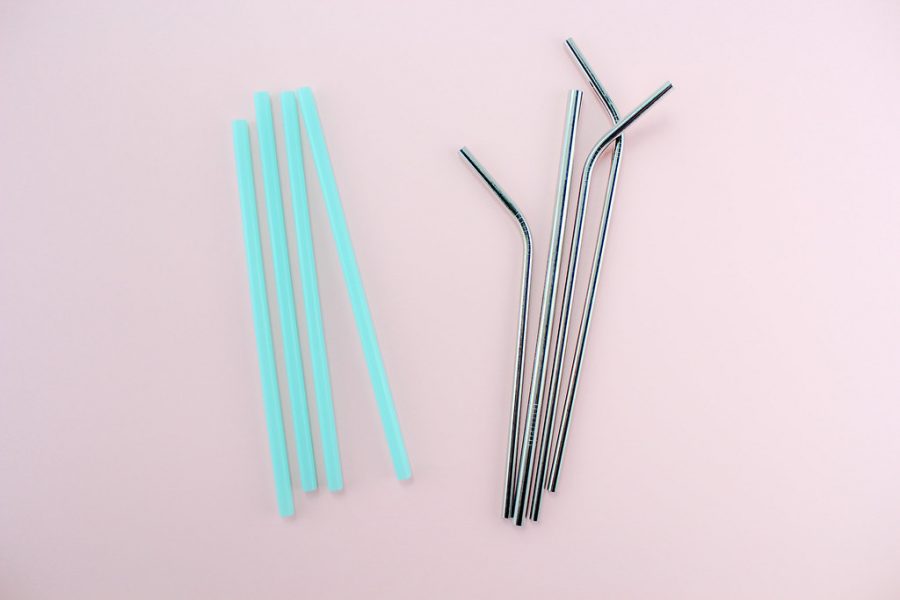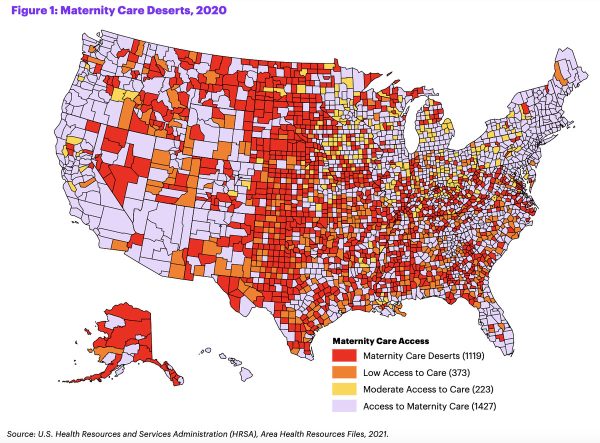OPINION: Your Metal Straw Won’t Save the Planet, but It’ll Help
In the summer of 2019, America witnessed the rise of the use of two eco-friendly products: the reusable water bottle and the metal straw. This trend was adopted mostly by teenage girls who shared their adoption of eco-friendly products through social media, whether it was posting a picture of their sticker-clad Hydro Flasks on VSCO or a video of them trying their collapsible metal straw for the first time on TikTok, and often these social media posts were accompanied by a caption with an environmentalist message (usually including the phrase “save the turtles!”).
Unfortunately, average citizens replacing single-use plastic with reusable alternatives will not have as big of an impact on the environment as many of us would like to believe. In 2015, plastic waste from consumer and institutional products was only 12% of the total plastic waste production that year. However, the true monumental effect of the eco-friendly product cannot be measured quantitatively.
Young people choosing to ditch convenient single-use plastics and opting to use reusable products, despite the fact they require maintenance, marks a significant change in the general mindset about the environment. Additionally, the fact that eco-friendly products were able to become a trend shows the important role social media will play in the fight against climate change.
The exacerbation of the climate crisis was caused in part due to the lack of media coverage of the issue. Scientists first started observing the disastrous effects of climate change in the late ‘70s, but only recently the general public is learning the truth behind climate change.
It can be difficult to comprehend the magnitude of climate change when you cannot physically see or feel the catastrophic long-term effects yet. Works of media, such as print, film and novels, have been instrumental in the dissemination of critical information regarding climate change.
One of the most prominent examples is the 2006 documentary “An Inconvenient Truth”, written by former Vice President Al Gore to inform the public about the reality of climate change. He managed to bring climate change to the forefront of media, which was something scientists were not able to accomplish on their own.
Climate change is an intricately complex issue with long-term effects so dreadful people often want to avoid even being reminded of the issue altogether. Nevertheless, social media has proven effective in positively bringing attention to the climate crisis.
A key obstacle that has hindered progress in the past is that people are distanced from the issue, but now that evidence of climate change is right at our fingertips, the psychological gap is starting to close.
When you see images of destruction caused by record-setting hurricanes or graphs depicting how much land will be lost to rising sea levels on your social media feed, you feel a personal connection to the information and, in turn, the issue. Visuals are critical to informing the public on a complex, scientific topic in a comprehensible way, which is paramount due to the urgent nature of the issue.
Teenagers are choosing not to make the mistakes their parents did. They are not running away from the horrors of climate change; they are embracing it. Products like the Hydro Flask and collapsible metal straws make going green fun. As a result, eco-friendly products are now marketable and profitable.
If you choose to criticize these young people, claiming they are following a trend rather than a legitimate cause, then you have grossly misunderstood what this trend represents. Yes, teenagers ditching plastic straws will not save the planet, but the eco-friendly trend has cultivated a generation who will vote, spend, and live their lives according to an inviolable moral code regarding what is best for the planet.





